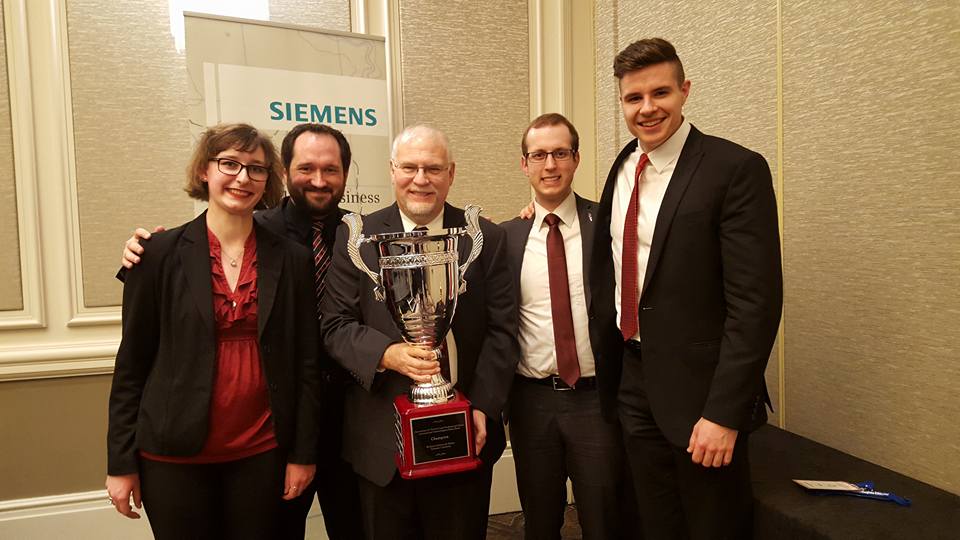An ASWU survey conducted by dorm senators this fall concluded 22 percent of on-campus students feel the term diversity is “promoted excessively” and has “negative connotations.”
When asked what they felt when hearing the term diversity, student responses included “inauthentic,” “divisive” and “white shaming,” according to the Fall 2015 ASWU Constituents Survey.
“The university, is rightly, so trying to push diversity, but often people get tired of it,” sophomore Brendan Finch said.
So far this academic year, the university has sponsored around a dozen lectures and films discussing diversity. The majority have focused on race and ethnicity.
“[In] most of the administrative-led programming we pay a person to talk to students and students don’t interact or engage,” ASWU President Justin Botejue said.
University-sponsored events do cover a portion of diversity, but they may also be pushing the 22 percent of students to become frustrated with diversity as they clamor for other types of diversity to be discussed. One of the major flaws in the current pattern of events is the lack of space for conversation for the presenter and audience which can lead to tension, Botejue said.
“Speakers are generally more on the offensive side,” Botejue said. “They want to push a point across and often times the strategies that they employ are not aligned with the Whitworth culture of affirming one’s worth and inclusivity.”
At a 75 percent Caucasian university, the issues and voices of ethnic and racial minorities have the potential to go unheard. However, David Garcia, assistant dean of student diversity, equity and inclusion, argues diversity is more complex than skin color.
“Diversity does not only equal race and ethnicity,” Garcia said. “I find oftentimes they are used synonymously.”
Garcia said he believes diversity consists of an individual’s culture or literally one’s beliefs, values and assumptions. Through this definition all students are diverse through their cultural differences. ASWU Cultural Events Coordinator Kaysee-Li Tomkins echoes Garcia’s belief about the possible limiting scope the term diversity can have.
“That’s what we’re trying to promote, that diversity is not just for a subgroup.” Tomkins said. “It’s for every single student and this is what college is about bringing those differences and coming together.”
Both Garcia and Tomkins believe partnering students and staff together can create more effective and creative programs to educate students on all aspects of diversity. Diversity Monologues, an event slated for March 31, plans to share eight student stories reflecting on their journey to know community.
“My goal is to reach the students that don’t see themselves within diversity,” Garcia said.
An untraditional event such as Diversity Monologues that invites students from all backgrounds and beliefs to participate, is the type of more inclusive program Botejue hopes to see more of at Whitworth. Botejue also hopes to continue to link ASWU with departments throughout campus to plan improved events for students.
“We’ve had great experience with doing the programming and getting students to attend, and we’ve had great success with those,” Botejue said. “Now if administration could mirror that and work more closely with students to see what their interests are then I think we would have a more successful and less negative approach to the term diversity.”
The administration is trying to reach Botejue’s goal through one of the core values of the Whitworth 2021 Strategic Plan. Whitworth hopes to develop “students’ understanding of personal responsibility, justice, and love of neighbor in a global and inclusive university community,” according to the Whitworth 2021 plan.
The Strategic Plan also calls for undergraduate enrollment of underrepresented students to be increased by 15 students per year for 10 years, Greg Orwig said, vice president of admissions and financial aid.
Since beginning to increase enrollment of underrepresented students, or individuals who self report as “non-Caucasian,” Whitworth’s ethnic minority has grown 198 students since 2011, according to the Whitworth Institutional Report.
“I think the more perspectives, histories, experiences our students bring into the classrooms, into the residence halls, into the dining hall, the richer and fuller the educational experience is for our students, without a doubt,” Orwig said.
Orwig and the admissions department also look to admit students to create a more gender-balanced university along with varying geographic, socioeconomic and religious backgrounds.
An increasingly diverse student body may achieve the administration’s goal of creating a “global and inclusive” university allowing students to teach each others about diversity, but current students are still being educated through lectures.
“I think going about it needs to be very gentle and not just be throwing numbers and statistics. It needs to be a conversation,” Finch said.
This academic year the Robinson Teaching Theatre has hosted highly educated individuals who spoke on the issues facing racial minorities. One event, Sex Signals, and a short lecture series from the theology department covered topics outside of race. Other types of diversity including sexual orientation, gender issues and religion receive little coverage outside of club activities.
“Based on the survey results we are led to believe that it’s not that students want the administration to do more on diversity, they want more student led initiatives and of course ASWU is the best place to do student programming,” Botejue said.
The administration-sponsored speakers have covered racial diversity. Student leaders and staff acknowledge diversity encompasses more than race and hope the programs educating students will soon begin to recognize this division and close the gap.
Contact Karlin Andersen at kandersen18@my.whitworth.edu









 Spokane?
Spokane?